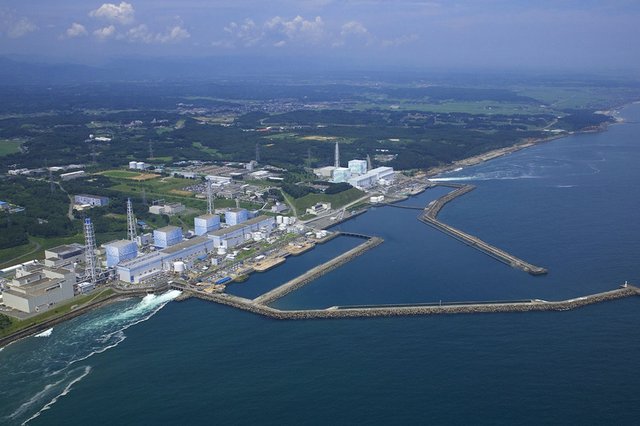
Every second of every day, muons — tiny, electron-like particles — are raining down on the planet.
Parted from the atmosphere through cosmic radiation, most pass through the earth like ghosts, never being detected. But occasionally, a handful will bounce off a substance, and as the New York Times reports today, that could be the key to safely looking inside the ruined nuclear reactors of the Fukushima Daiichi Power Plant.IT'S STILL TOO DANGEROUS TO SEND WORKERS INSIDE FUKUSHIMA'S REACTORS
It's still too dangerous to send workers inside Fukushima's reactors; even enlisting a camera could result in another radiation leak. The full extent of the damage, even more than three years later, isn't known. That's where the muons come in. When the particles ricochet off a material, specifically an atomic nucleus, the direction they turn can be tracked through a process called muon tomography. Key for cleanup work, the technique can suss out radioactive material from other materials, even through feet of steel, giving workers precious data about the density and shape of what's inside the reactors. Toshiba, currently tasked with running the cleanup, is expected to soon ink a deal with the Los Alamos National Laboratory to procure equipment for the project, according to the Times.
Muon tomography isn't new; it's in use today, and has been since the 1960s, although image definition has improved in that time. In fact, rather than sacrifice quality for efficiency, cleanup workers will spend weeks at single sites outside the walls of the Fukushima complex, slowly gathering information from the muons they catch in the act. Out of the 10,000 that bombard a square meter every minute, only a few may bounce away.
The project is expected to begin testing later this year, with full images produced next year.
No comments:
Post a Comment